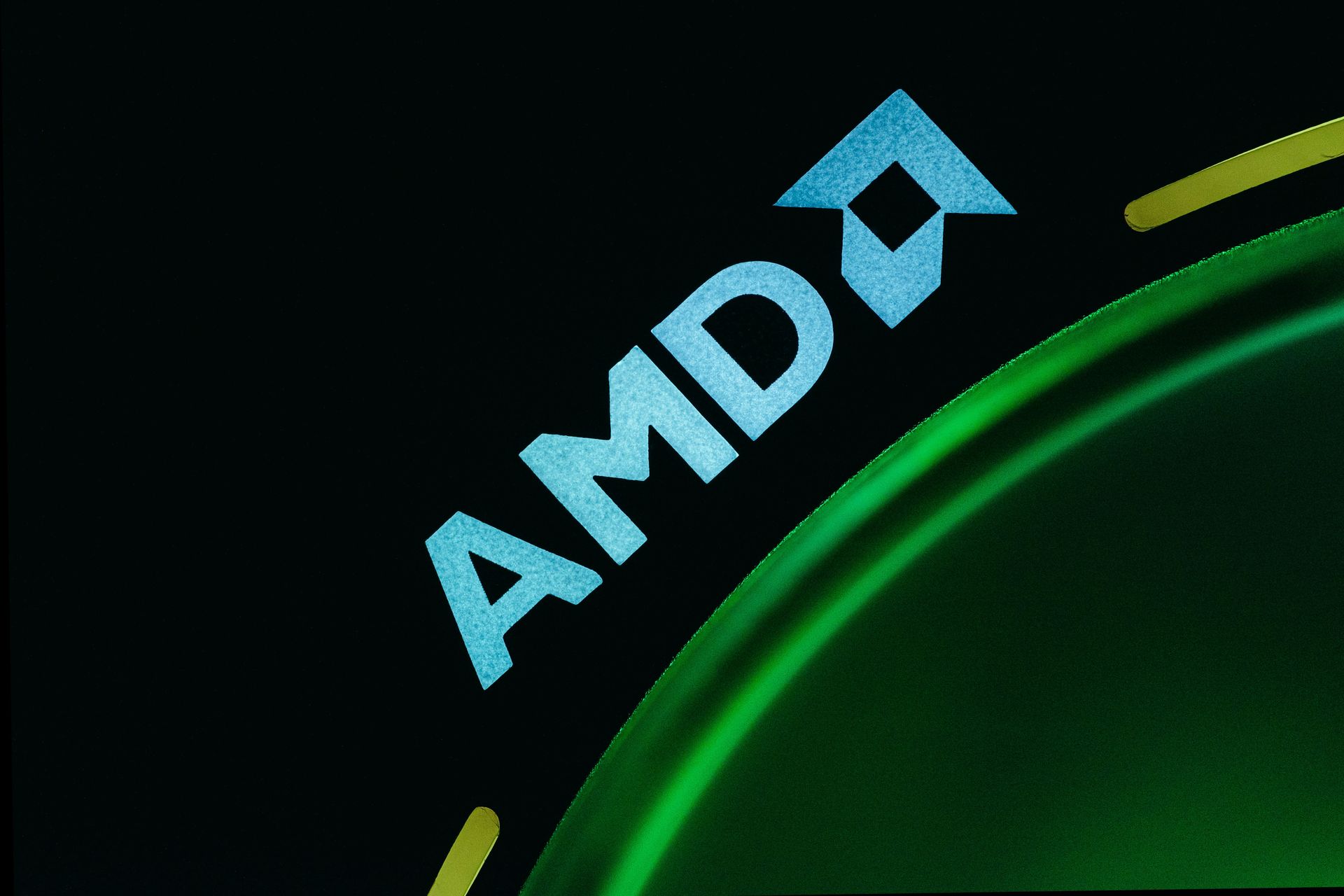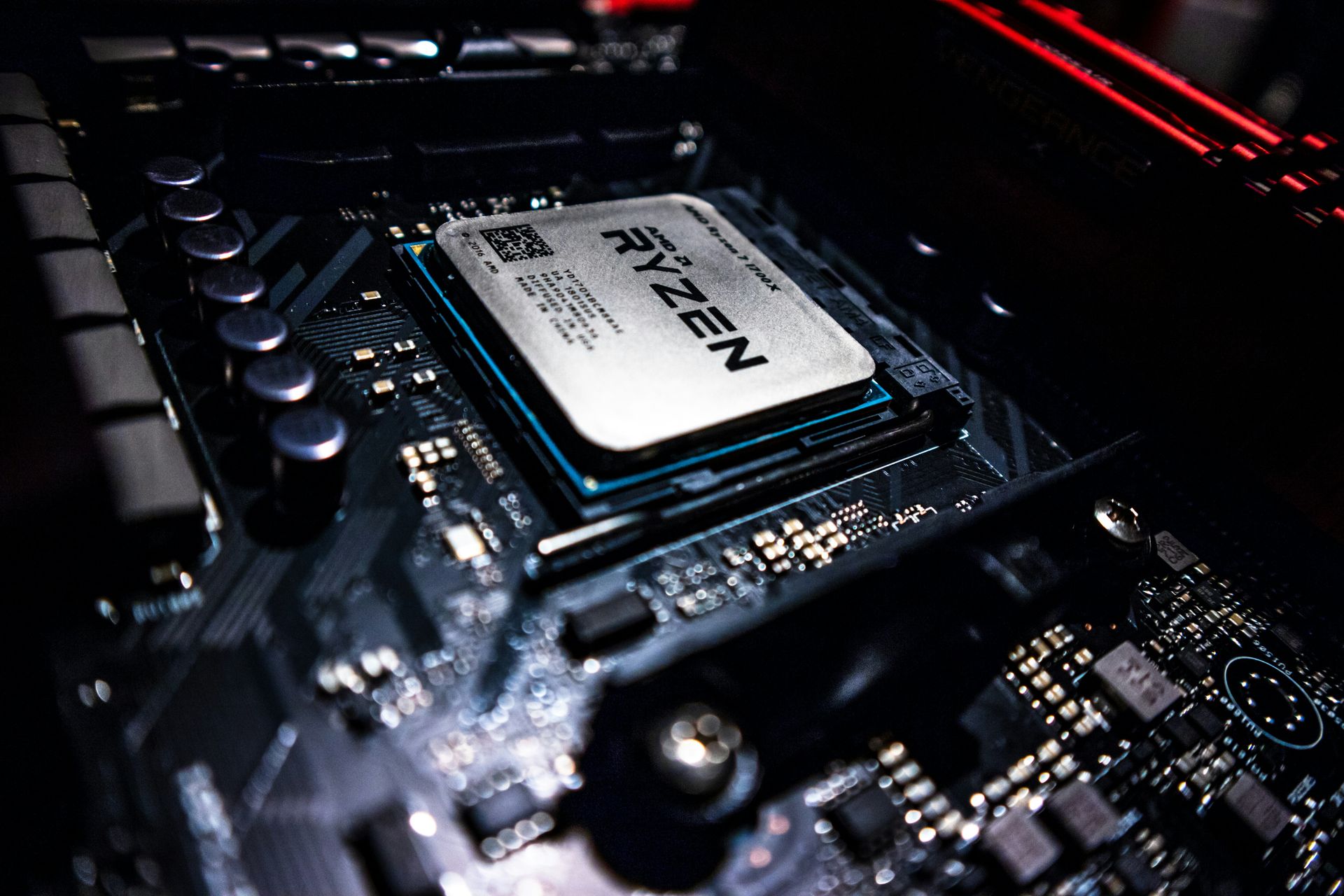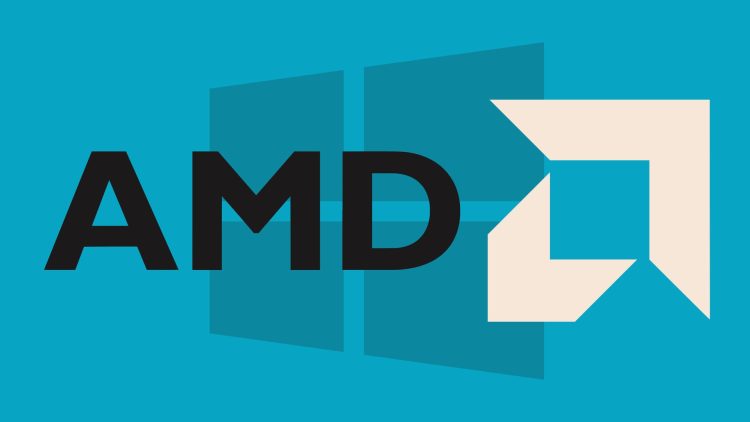Windows and AMD have long been significant players in the tech industry, consistently pushing the boundaries of what is possible in computing. This week, major announcements at Computex 2024 brought fresh developments from both AMD and Intel, shedding light on the future trajectory of their respective technologies. Among these, AMD’s latest revelation regarding Windows 10 support has generated considerable interest and necessitates a closer examination.
AMD’s announcement at Computex 2024 unveiled the next-generation Zen 5 architecture, as well as the new Ryzen 9000 series desktop processors and the Ryzen AI 300 series for mobile use, dubbed Strix Point. The Zen 5 architecture promises a 16% increase in instructions per cycle (IPC), indicating significant performance improvements over previous models. In addition, the Ryzen AI 300 series has a notable AI performance leap on the neural processing unit (NPU) side, delivering 50 trillion operations per second (TOPS).

What you need to know about Windows and AMD’s latest strategy
While the technical advances in the Ryzen AI 300 series are impressive, there is one critical issue that has emerged. That is the lack of Windows 10 support for these new processors. Initially, rumors suggested that these new mobile APUs would not support Windows 10, and those speculations turned out to be true and have now been confirmed by AMD itself. This development has important implications for both users and developers.
The official specifications for the Ryzen AI 300 series, specifically the HX 370 and HX 365 SKUs, clearly state that Windows 10 is not included in the supported operating systems list. Instead, these new processors support Windows 11 – 64-Bit Edition, RHEL x86 64-Bit, and Ubuntu x86 64-Bit. This confirmation means that AMD’s chipset drivers for Windows 10 will not be compatible with the new Ryzen AI 300 series mobile APUs.
The Ryzen 9000 series desktop processors continue to support Windows 10, Windows 11, and other operating systems such as RHEL and Ubuntu. This distinction underscores a strategic shift in AMD’s focus, particularly for its mobile APUs, and aligns with evolving OS preferences and requirements.
Implications and industry context
The lack of Windows 10 support for the Ryzen AI 300 series marks a significant shift in AMD’s approach to OS compatibility. This shift may have been influenced by a variety of factors, including the growing adoption of Windows 11 and the advances it brings in terms of security and performance optimization. In addition, the broader industry trend towards AI and machine learning capabilities in processors may have led AMD to focus on optimizing its hardware for the latest operating systems that better support these features.

Moreover, this development reflects a broader movement in the technology industry, where both hardware and software are evolving rapidly. As operating systems like Windows 11 continue to include more advanced features and optimizations, hardware manufacturers like AMD are adapting their product lines to take full advantage of these enhancements. This ensures that users can take full advantage of the latest technological advancements and maintain compatibility with the latest software.
Windows 10 is slowly starting to disappear from our lives. And we can see it in this news. Some rumors even suggest that Windows 12, or a new Microsoft progression that will be an upgrade of Windows 11, could be announced this summer. This would make Windows 10 more and more the core system on which Windows 11 and other new operating systems will be built. Thus the forgetting of Windows 10 will begin.
As users and developers navigate this new landscape, understanding the compatibility and support specifics of new hardware releases becomes increasingly critical. AMD’s clear delineation between its desktop and mobile processor support for different operating systems provides valuable insight into the company’s forward-looking approach. This information is crucial for making informed decisions about hardware upgrades and ensuring seamless integration with the latest software advancements.
Featured image credit:




